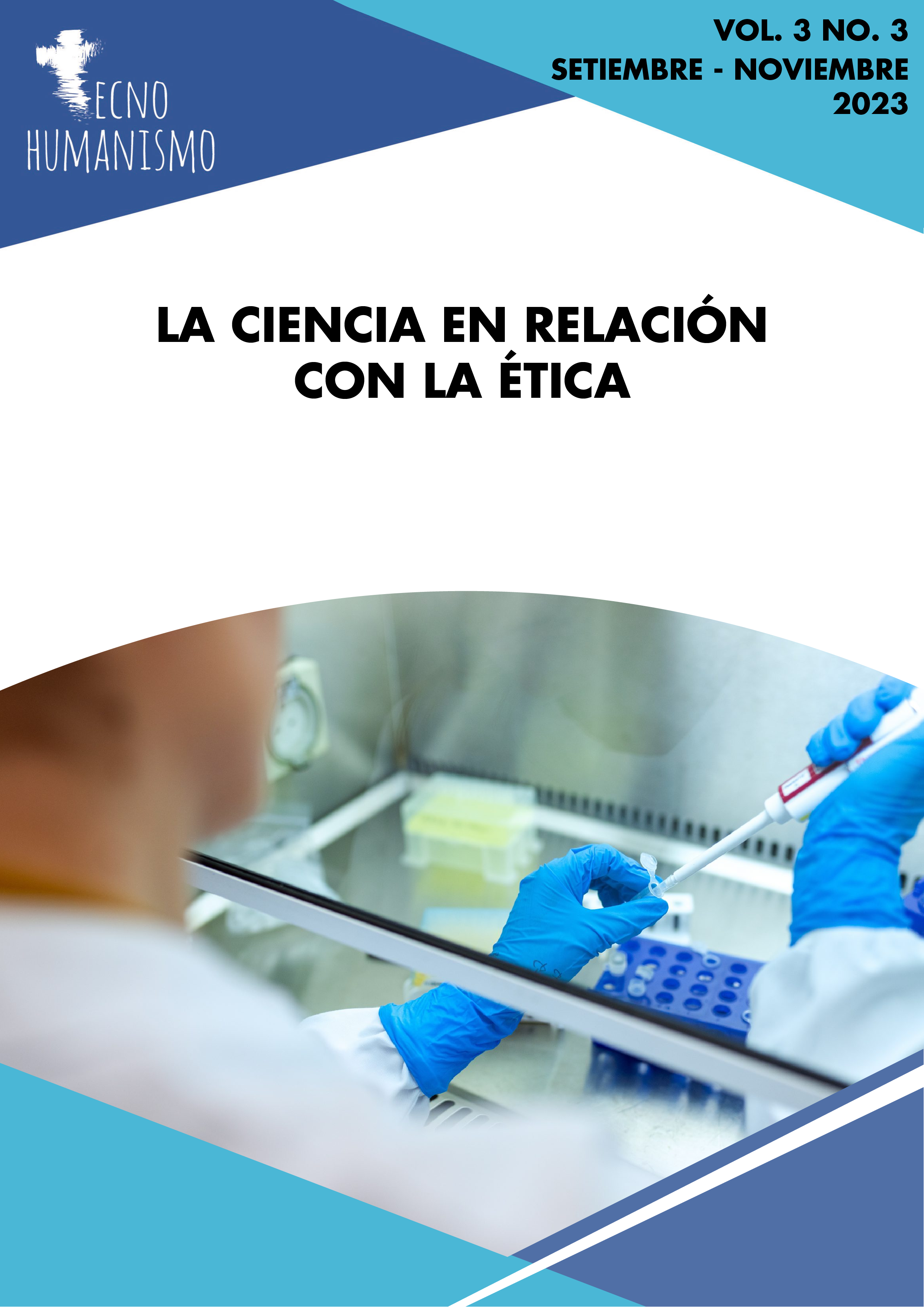Identification and microbial limit in the quality control of nectars: A Literary Review
DOI:
https://doi.org/10.53673/th.v3i3.232Keywords:
Microbial limit, quality control, nectars, floorsAbstract
It is necessary to investigate the role of limiting microbial dispersion, since it may be a little-recognized factor, but equally determinant. For this reason, the present proposal was to inquire about the identification and microbial limit in the quality control of nectars through a literary review of the last five years. The design was qualitative, the type of study is review. The published bibliography was examined and placed in a certain perspective within the period 2019-2023. Throughout the review of the fifteen selected articles, the documents were read and ordered chronologically, and a table was presented according to their general data, emphasizing their most relevant objectives and conclusions. In the literary review, it was possible to investigate articles that highlighted advances in technology and adaptation and various strategies to make this process as meticulous and precise as possible. In this line, it is concluded that constant monitoring and improvement of microbial control practices are essential to ensure that nectars meet quality standards and market expectations.
References
Christensen, S. M., Munkres, I., & Vannette, R. L. (2021). Nectar bacteria stimulate pollen germination and bursting to enhance microbial fitness. Current Biology, 31(19), 4373-4380.e6. https://doi.org/10.1016/j.cub.2021.07.016
Cordova, J., Bardales, S., & Sosa, J. L. (2023). Evaluación sensorial, fisicoquímica y microbiológica de un néctar de “mango ciruelo” edulcorado con miel de abeja parcialmente cristalizada. Revista de Invest. Agropecuaria Science and Biotechnology, 03(03), 1–12.
Cruz-Cansino, N. del S., Ariza-Ortega, J. A., Alanís-García, E., Ramírez-Moreno, E., Velázquez-Estrada, R. M., Zafra-Rojas, Q. Y., Cervantes-Elizarrarás, A., Suárez-Jacobo, Á., & Delgado-Olivares, L. (2021). Optimal thermoultrasound processing of jackfruit (Artocarpus heterophyllus lam.) nectar: Physicochemical characteristics, antioxidant properties, microbial quality, and fatty acid profile comparison with pasteurized nectar. Journal of Food Processing and Preservation, 45(1). https://doi.org/10.1111/jfpp.15029
Francis, J., Mueller, T., & Vannette, R. (2023). Dispersal overwhelms variation in host quality to shape nectar microbiome assembly. BioRxiv, 3113. http://biorxiv.org/content/early/2023/01/05/2023.01.05.522929.abstract
Jacquemyn, H., Lenaerts, M., Tyteca, D., & Lievens, B. (2013). Microbial diversity in the floral nectar of seven Epipactis (Orchidaceae) species. MicrobiologyOpen, 2(4), 644–658. https://doi.org/10.1002/mbo3.103
Lamb, C. E., Marden, C. L., Ebeling, A., Perez-Barrales, R., & Watts, J. E. M. (2020). Nectar Microbial Diversity and Changes Associated with Environmental Exposure.
Lee, S., Han, A., Jo, S., Cheon, H., Song, H., Jang, A. R., Kim, D., & Lee, S. Y. (2021). Microbiological quality and safety of commercial fresh fruit and vegetable juices in Korea. Lwt, 152(May), 112432. https://doi.org/10.1016/j.lwt.2021.112432
Liu, H., Brettell, L. E., Qiu, Z., & Singh, B. K. (2020). Microbiome-Mediated Stress Resistance in Plants. Trends in Plant Science, 25(8), 733–743. https://doi.org/10.1016/j.tplants.2020.03.014
Lozano-Lévano, C., Zavaleta-Rengifo, A., & Villaseca-Robertson, A. (2022). Evaluación Microbiológica De La Vida Útil De Néctar De Durazno Con Propóleo Como Conservante Natural. Biotempo, 19(2), 177–184. https://doi.org/10.31381/biotempo.v19i2.4843
Martin, V. N., Schaeffer, R. N., & Fukami, T. (2022). Potential effects of nectar microbes on pollinator health. Philosophical Transactions of the Royal Society B: Biological Sciences, 377(1853). https://doi.org/10.1098/rstb.2021.0155
Nafissatou, D. N., Adjaratou, B. D., Mor, D., & Mady, C. (2022). Microbial quality and visual appearance of traditional baobab fruit nectar during storage. African Journal of Food Science, 16(10), 261–268. https://doi.org/10.5897/ajfs2022.2207
Nicolson, S. W. (2022). Sweet solutions: Nectar chemistry and quality. Philosophical Transactions of the Royal Society B: Biological Sciences, 377(1853). https://doi.org/10.1098/rstb.2021.0163
Roy, R., Schmitt, A. J., Thomas, J. B., & Carter, C. J. (2017). Review: Nectar biology: From molecules to ecosystems. Plant Science, 262, 148–164. https://doi.org/10.1016/j.plantsci.2017.04.012
Russell, K. A., & McFrederick, Q. S. (2022a). Elevated Temperature May Affect Nectar Microbes, Nectar Sugars, and Bumble Bee Foraging Preference. Microbial Ecology, 84(2), 473–482. https://doi.org/10.1007/s00248-021-01881-x
Russell, K. A., & McFrederick, Q. S. (2022b). Floral nectar microbial communities exhibit seasonal shifts associated with extreme heat: Potential implications for climate change and plant-pollinator interactions. Frontiers in Microbiology, 13(August), 1–10. https://doi.org/10.3389/fmicb.2022.931291
Stone, B. W. G., Weingarten, E. A., & Jackson, C. R. (2018). The role of the phyllosphere microbiome in plant health and function. Annual Plant Reviews Online, 1(2), 533–556. https://doi.org/10.1002/9781119312994.apr0614
Tiban, N. N., Šimović, M., Polović, M., Šarić, A., Tomac, I., Matić, P., & Jakobek, L. (2022). The Effect of High Voltage Electrical Discharge on the Physicochemical Properties and the Microbiological Safety of Rose Hip Nectars. Foods, 11(5). https://doi.org/10.3390/foods11050651
Vannette, R. L. (2020). The Floral Microbiome: Plant, Pollinator, and Microbial Perspectives. Annual Review of Ecology, Evolution, and Systematics, 51, 363–386. https://doi.org/10.1146/annurev-ecolsys-011720-013401
von Arx, M., Moore, A., Davidowitz, G., & Arnold, A. E. (2019). Diversity and distribution of microbial communities in floral nectar of two night-blooming plants of the Sonoran Desert. PLoS ONE, 14(12), 5–7. https://doi.org/10.1371/journal.pone.0225309
Published
How to Cite
Issue
Section
License

This work is licensed under a Creative Commons Attribution 4.0 International License.
This license allows others to redistribute, remix, tweak, and build upon your work, even with commercial penalties, as long as you take credit for the original creation. This is the most helpful license offered. Recommended for maximum dissemination and use of the materials subject to the license.

















